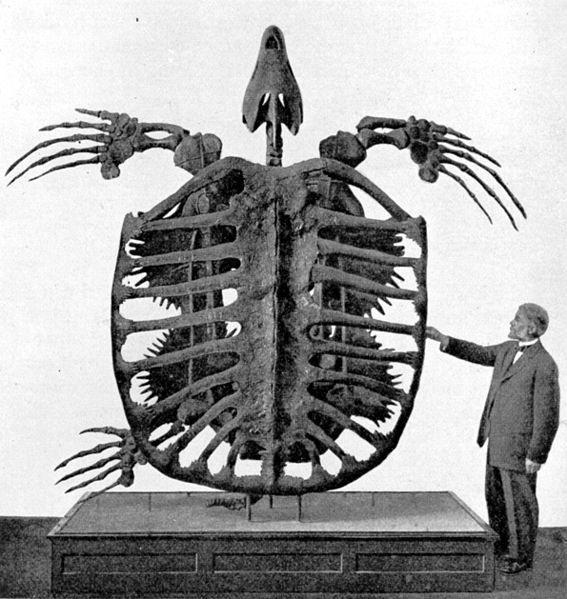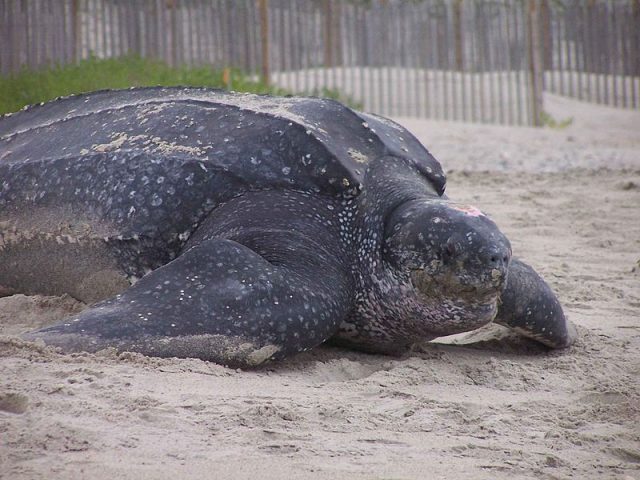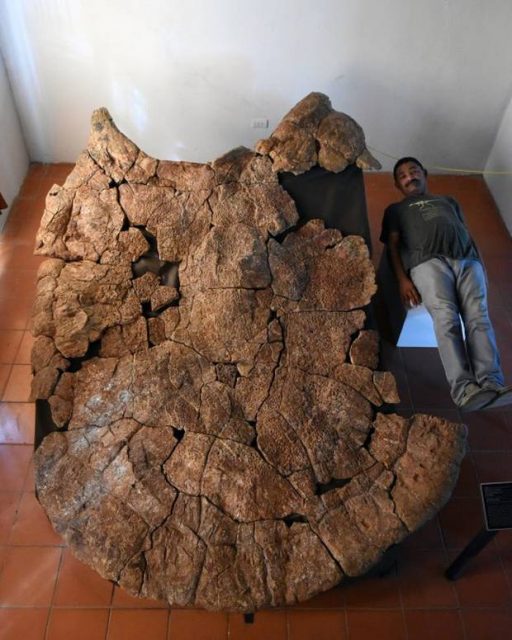Most Amazing Giant Poor Turtle Fossils from South America
Paleontologists have made a remarkable discovery in South America’s tropical region, unearthing fossils of a giant turtle species that lived millions of years ago. The species, known as Stupendemys geographicus, was first described in the 1970s, but until now, scientists had little archaeological evidence to go on.
The newly discovered fossils, which include shells, skulls, and limb bones, have provided a wealth of new information about this ancient species. The Stupendemys geographicus was truly a giant among turtles, with shells measuring up to 9 feet long and weighing as much as 2,500 pounds.

Fossil skeleton of Archelon, a giant Cretaceous turtle, 1902.
Newly Discovered Fossils of Prehistoric Giant Turtle ‘Stupendemys geographicus’ in South America Reveal New Insight into Ancient Species.
One of the most striking features of the Stupendemys geographicus is the presence of large, bony plates on the sides of its head. These plates, which were likely used for protection against predators, are the largest of any turtle species ever discovered.
The giant turtle’s size is not the only thing that sets it apart from other prehistoric turtles. Scientists have also discovered that it had a unique, bifurcated lower jaw, which would have allowed it to have a very powerful bite.
The discovery of these fossils is providing new insight into the ancient ecosystems of South America. The Stupendemys geographicus lived during the Miocene and Pliocene eras, around 10 to 2 million years ago. During this time, the region was home to a diverse array of large mammals, including giant ground sloths and saber-toothed cats.
The giant turtle would have been well-suited to life in this environment, as its large size and bony head plates would have protected it from many potential predators. However, it is still unclear what the turtle’s diet would have consisted of and what other creatures it may have interacted with.

Dermochelys coriacea marine leatherback turtle. Photo by Rabon David, U.S. Fish and Wildlife Service
This recent discovery is giving researchers a more complete picture of the ancient biodiversity of South America and the giant turtle species that once roamed the region. It is also highlighting the importance of continued exploration and research in uncovering the secrets of our planet’s past.
Overall, the discovery of the fossils of Stupendemys geographicus is an exciting development in the field of paleontology and provides a glimpse into the ancient world of South America, where giant turtles roamed the land and coexisted with other prehistoric creatures.

Venezuelan Palaeontologist Rodolfo Sanchez and a male carapace (shell) of the giant turtle Stupendemys geographicus. Photo: University of Zurich/Edwin Caden.